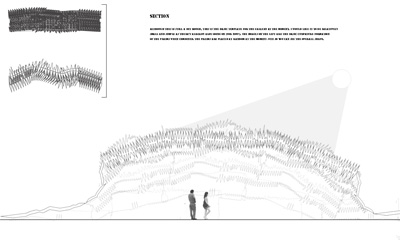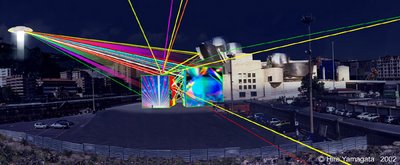I'm not the type of person who overshares, nor gives much of her opinion. I'm the type of person who sits and listens and if it gets way out of hand I
then get involved. I'm an amateur at best. I can't say I've seen or done much in my life, nor can I say I've achieved my goals. I don't make my own money yet, and you can say I'm still under my parents leash [
Grins].
In this blog my main focus is on architecture as it is my major, but as I have a low attention span, and get bored of things very quickly I will tend to drift off. So watch out for subjects such as:
I Want All Pigeons to Die, over the
Frank Gery, I Love You! topic. Comments are appreciated, but only on matters that link to my topics [
Please!], especially if you think you can help when I'm stuck.
None of the images are copywrited so feel free to steal any of my ideas as I believe strongly in Karma [
rolls eyes], and do excuse my spelling mistakes. If you're one of those people who have nothing to do but read blogs then you're gonna love this blog! Lots of images, and very little text! [
Smirks].
Enjoy!

 Not too clear in this blog but I found out the attitude and azimuth of two times during the day, [10am and 5pm], three times a year, [March, June, December]. Using a special formulae i can determine the angle of refraction and record where the light hits which is very helpful as I can edit the building where I see fit.
Not too clear in this blog but I found out the attitude and azimuth of two times during the day, [10am and 5pm], three times a year, [March, June, December]. Using a special formulae i can determine the angle of refraction and record where the light hits which is very helpful as I can edit the building where I see fit.































